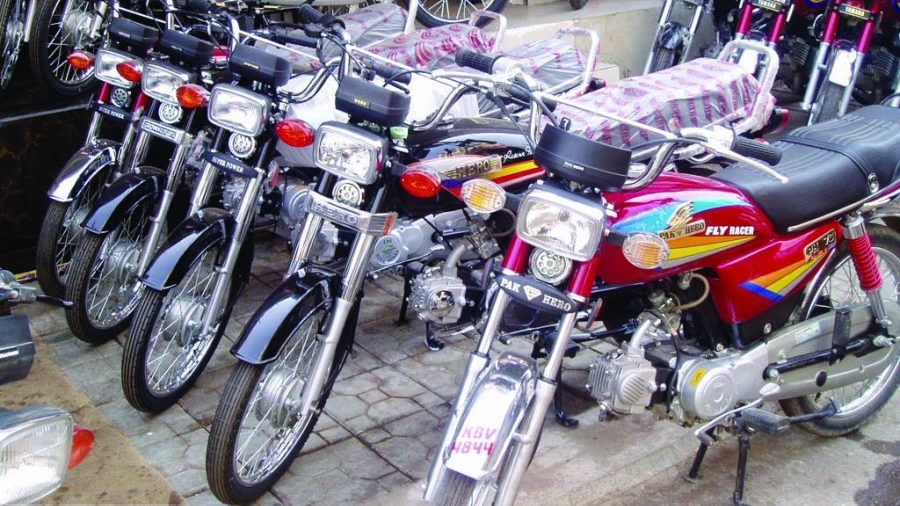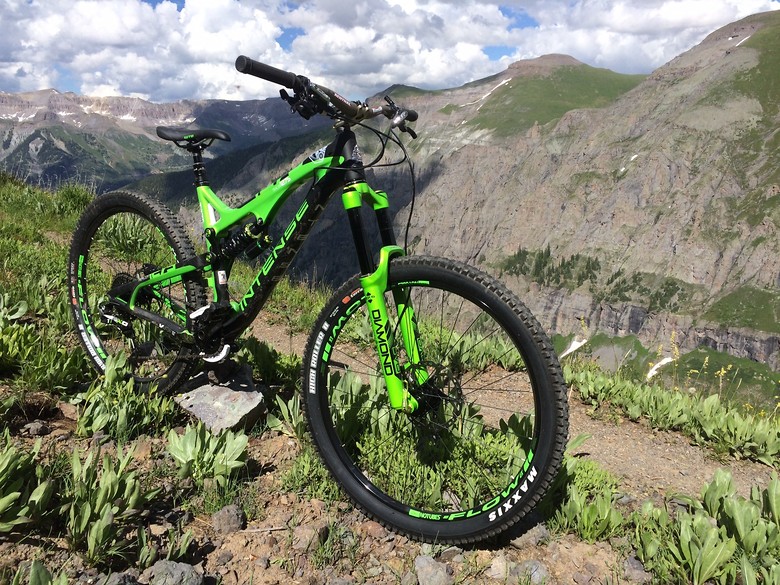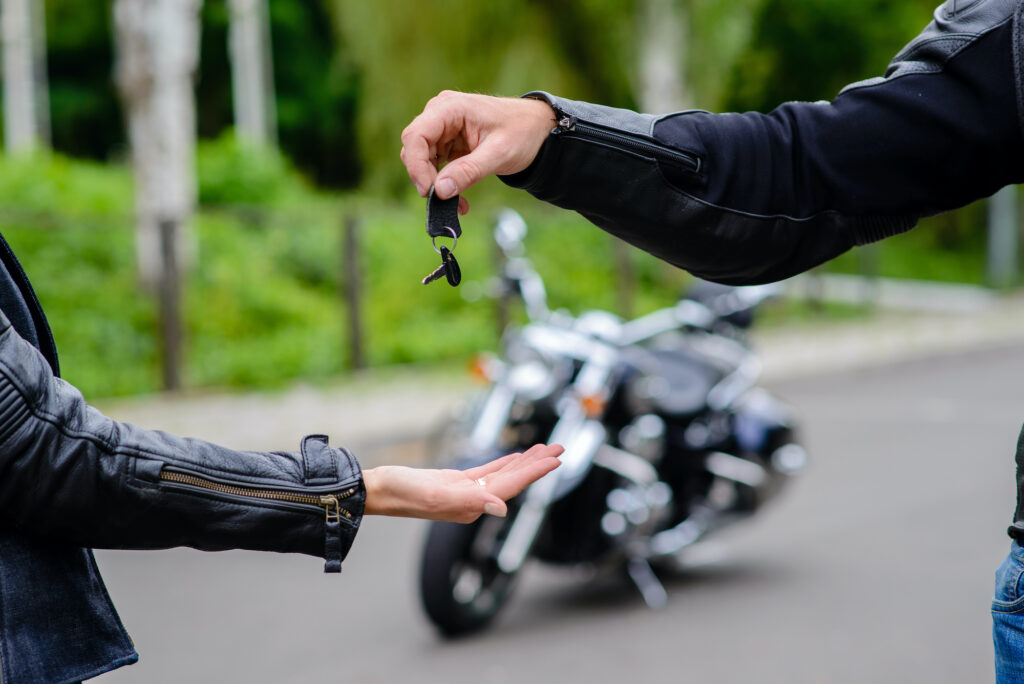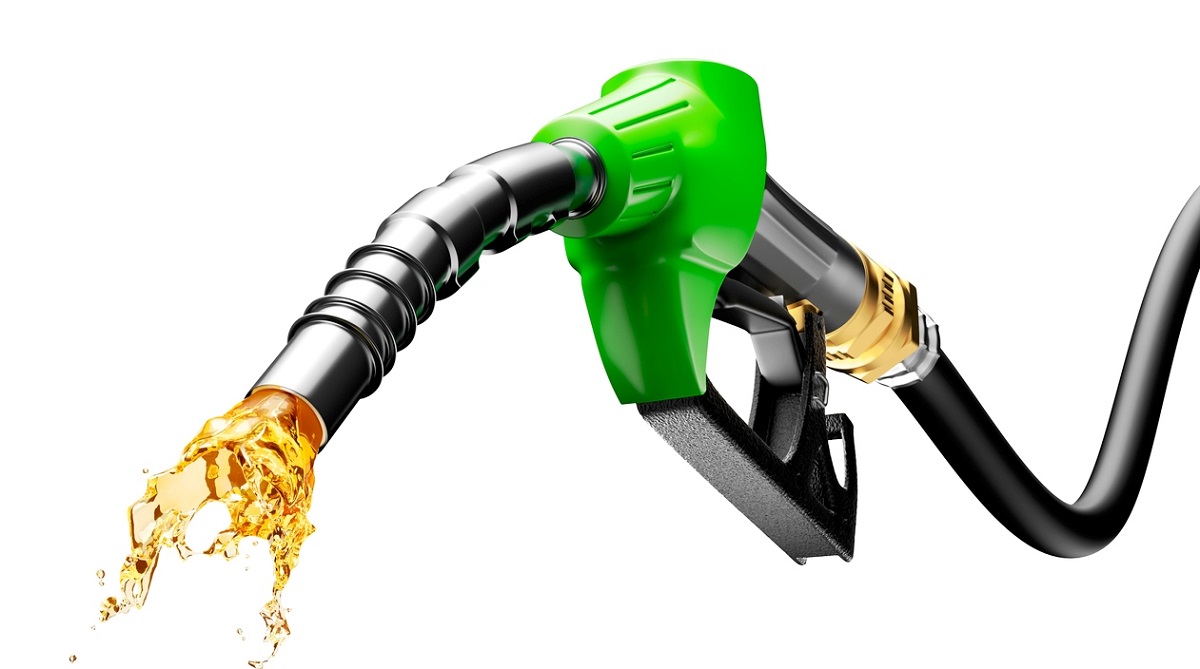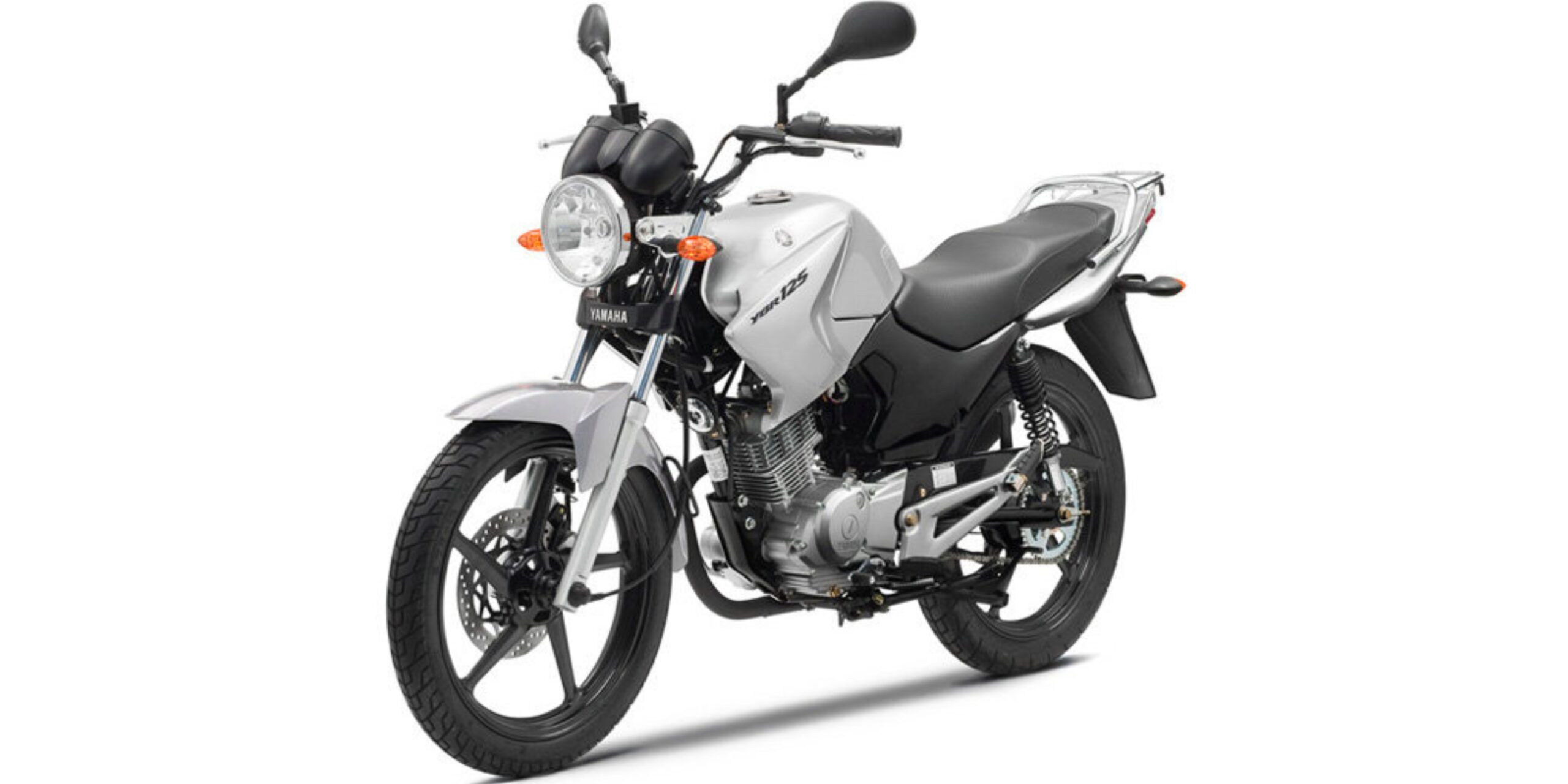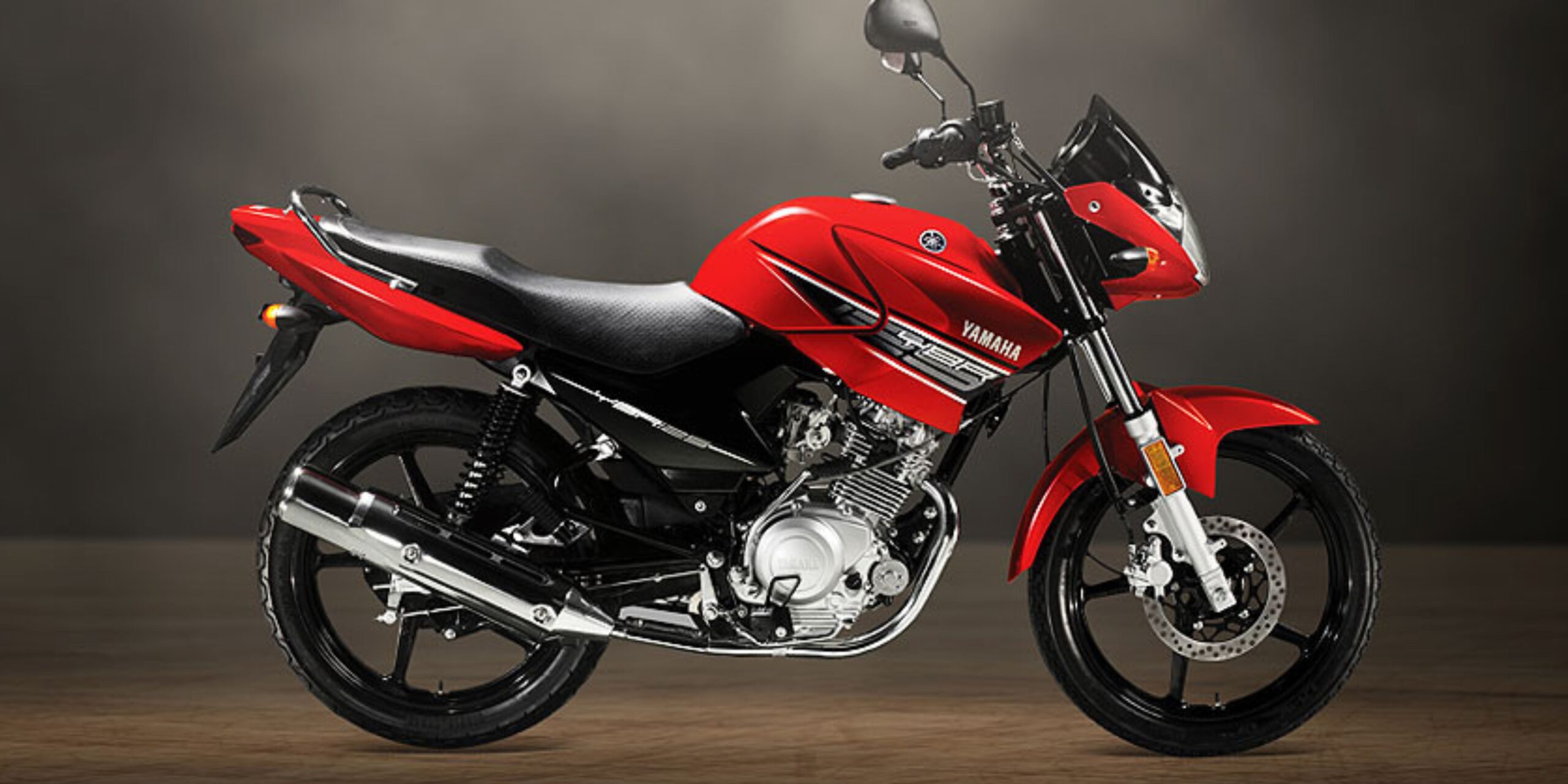In a tumultuous period for the Pakistani motorcycle industry, the soaring sales decline has left dealers grappling with its repercussions. Sales have plummeted by a staggering 80%, putting immense pressure on dealers’ livelihoods. The primary driver of this crisis can be traced back to a series of unfortunate events – the declining value of the US dollar against the Pakistani rupee and reductions in petrol prices. Despite these favorable economic shifts, motorcycle buyers continue to await relief.
Japanese companies had previously hiked motorcycle prices, citing the prevailing exchange rate of the US dollar. However, circumstances have changed, with the exchange rate now standing at a more favorable level. Raw material costs have also decreased, creating a compelling case for an immediate reduction in bike prices.
In this blog, we will delve into the factors contributing to this sales decline, the challenges faced by dealers, and the plea for price relief. Join us as we explore the current state of the Pakistan motorcycle industry and strategies to revive it.
The Current State of the Pakistan Motorcycle Industry
In recent times, the Pakistan motorcycle industry has been faced with a challenging landscape. Sales have declined by a remarkable 80%, raising concerns across the industry. This sharp decline is due to a variety of factors, including a shifting exchange rate of the US dollar and reduced petrol prices. Despite these positive economic developments, consumers are still waiting for relief.
The industry’s woes are exacerbated by the fact that Japanese companies had previously raised motorcycle prices based on an outdated exchange rate. With the current rate being more favorable, the pricing strategy needs reevaluation. Additionally, the cost of raw materials has decreased, providing a strong rationale for immediate price reductions.
The motorcycle industry in Pakistan is at a crossroads, and understanding its current state is essential to finding a way forward. In the subsequent sections, we will delve into the challenges faced by dealers, the plea for price relief, and potential strategies to rejuvenate the industry.
The Pakistan motorcycle industry is grappling with a severe sales decline, prompting the need for a detailed analysis of its current state. The economic dynamics, pricing strategies, and cost considerations all play a pivotal role in understanding the challenges the industry is facing. In the following sections, we will explore these issues further to provide a comprehensive picture of the industry’s situation and potential solutions.
Challenges Faced by Motorcycle Dealers in Pakistan
Motorcycle dealers in Pakistan are currently navigating through a tumultuous period filled with challenges. The 80% drop in sales has left them in a precarious situation. One of the primary challenges they face is the rising operational costs. Wages, utility bills, and various other expenses have all surged, making it increasingly difficult for dealers to maintain their businesses in the current economic climate.
Furthermore, the uncertainty surrounding the currency market has made decision-making even more complicated. The continuous fluctuations in the US dollar exchange rate have left dealers and assemblers cautious about making pricing adjustments. This reluctance stems from the fear of further currency instability.
The challenges dealers face is not only financial but also operational. As they seek ways to weather the storm, it’s essential to understand the intricacies of their struggles. In the upcoming sections, we will dive deeper into these challenges and explore the implications for the industry’s future.
Dealers in the Pakistan motorcycle industry are encountering multifaceted challenges. Their difficulties range from financial constraints to operational complexities, all exacerbated by the uncertainties in the currency market. Understanding these challenges is vital to finding effective solutions that can help dealers and the industry as a whole.
Plea for Price Relief
Amid the distressing state of the Pakistani motorcycle industry, dealers are making a fervent plea for price relief. The heart of their concerns lies in the prevailing pricing strategies. Over the past eighteen months, Japanese companies had hiked prices on motorcycles with engine capacities ranging from 100cc to 150cc, citing an exchange rate of the US dollar that is now outdated.
The current exchange rate is significantly more favorable, and the cost of raw materials has also decreased. These factors present a strong case for an immediate reduction in motorcycle prices. Dealers argue that the prices should reflect the economic realities of today, allowing consumers some much-needed relief.
Dealers emphasize that this plea for price relief is not only about their businesses but also about the affordability of motorcycles for the general public. In the following sections, we will delve into the reasons behind this plea and its significance for both dealers and consumers.
The plea for price relief in the Pakistan motorcycle industry is a critical issue driven by outdated pricing strategies and changing economic dynamics. Dealers recognize that it’s not just about their businesses; it’s also about making motorcycles more affordable for consumers. The need for price adjustments is central to the industry’s recovery and the well-being of its stakeholders.
Please let me know when you’re ready to proceed with the content for the fourth heading.
Factors Contributing to the Sales Decline
The sharp decline in motorcycle sales in Pakistan can be attributed to several significant factors. Foremost among these is the shifting value of the US dollar against the Pakistani rupee. The exchange rate has transitioned from the rate at which Japanese companies had previously hiked motorcycle prices. With the current exchange rate being more favorable, consumers are left grappling with higher prices.
Another crucial factor is the reduction in petrol prices, which, although a positive development for consumers, has not translated into lower motorcycle prices. This has created a mismatch between consumer expectations and market realities.
Furthermore, the cost of raw materials, a key component of motorcycle manufacturing, has decreased. This presents a strong argument for reevaluating pricing strategies and considering price reductions to align with current economic conditions.
Understanding these factors is essential to comprehending the reasons behind the sales decline in the motorcycle industry. In the next section, we will explore potential strategies to address these challenges.
Multiple factors, including exchange rate shifts, unchanged motorcycle prices, and reduced raw material costs, have contributed to the decline in motorcycle sales in Pakistan. Recognizing these factors is the first step toward finding solutions to revitalize the industry and address consumer concerns.
Now, please let me know if you’re ready to proceed with the content for the fifth and final heading.
Strategies to Revive the Industry
As the Pakistani motorcycle industry faces its challenges, it’s crucial to chart a path forward. To revive the industry and address the concerns of both dealers and consumers, several strategies can be considered. First and foremost, manufacturers should consider revising their pricing strategies to reflect the current exchange rate and cost of raw materials. This could make motorcycles more affordable and appealing to consumers, potentially boosting sales.
Secondly, industry stakeholders should collaborate to find ways to reduce operational costs for dealers. This could include negotiating better terms with suppliers, sharing resources, or adopting efficient inventory management practices. Thirdly, a marketing push to highlight the affordability and value of motorcycles could reignite consumer interest. Emphasizing the economic advantages of owning a motorcycle in a world with rising fuel prices could attract more buyers.
Lastly, assemblers and dealers should closely monitor the currency market and act swiftly when exchange rate fluctuations favor price reductions. This could lead to a more responsive industry and a better experience for consumers.
In conclusion, the revival of the Pakistani motorcycle industry is possible through a combination of pricing adjustments, cost-saving measures, marketing efforts, and market responsiveness. By implementing these strategies, the industry can regain its momentum and cater to the needs of consumers.
Reviving the Pakistan motorcycle industry is within reach, provided that industry stakeholders take proactive measures. Strategies encompass pricing adjustments, operational cost reduction, effective marketing, and responsiveness to currency market fluctuations. By implementing these strategies, the industry can recover and provide consumers with better choices and affordability.


